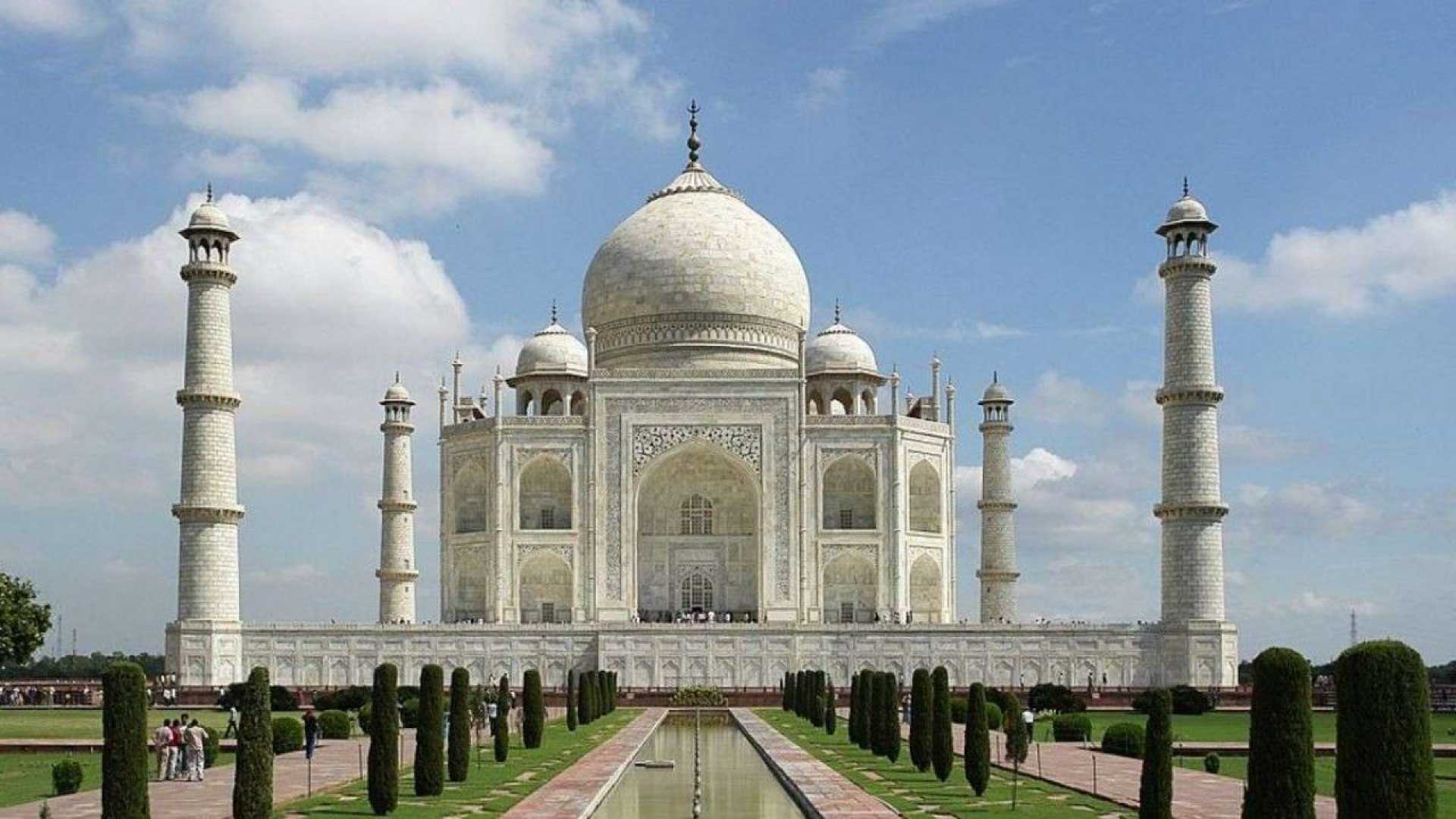News
Water Seepage Detected in Taj Mahal’s Dome During ASI Inspection

LUCKNOW, India — The Taj Mahal is facing concerns over water seepage in its main dome, detected during a recent thermal scan by the Archaeological Survey of India (ASI). The inspection revealed a seepage point located 73 meters high, with scaffolding currently surrounding the dome for ongoing assessments.
According to sources, the inspection is expected to last 15 days, after which repair work will commence and is projected to take six months to complete. The ASI’s Light Detection and Ranging investigation identified three key issues: deteriorating mortar between stones on the dome, weakened roof structures, and an iron rod supporting the dome’s finial that has eroded due to rust, causing surrounding mortar to expand and lead to water leakage.
Prince Vajpayee, senior conservation assistant at the Taj Mahal, stated, “Light detection inspections have nearly been completed. Now, physical inspections will begin. Given the height of the main dome and pinnacle, the repair work will take around six months to finish.”
The need for repairs is pressing, especially given the rainfall forecast during the monsoon season. Historical records show that water leaking from the dome has been a recurring issue, with the first report of seepage dating back 373 years to 1652.
In recent events, heavy rainfall caused water leakage near the graves of Shah Jahan and Mumtaz Mahal in September 2024, prompting criticism regarding maintenance efforts. Politician Akhilesh Yadav highlighted concerns over the state of the monument, particularly regarding funds allocated for its upkeep.
Previous repairs on the dome include efforts in 1872 by a British engineer and further restoration efforts in 1941. ASI plans to spend approximately 76 lakh rupees on conservation efforts, including around 56 lakh rupees for labor.
As the scaffolding is in place, plans are being considered for tourist access during repairs, ensuring visitors continue to admire the iconic structure.












